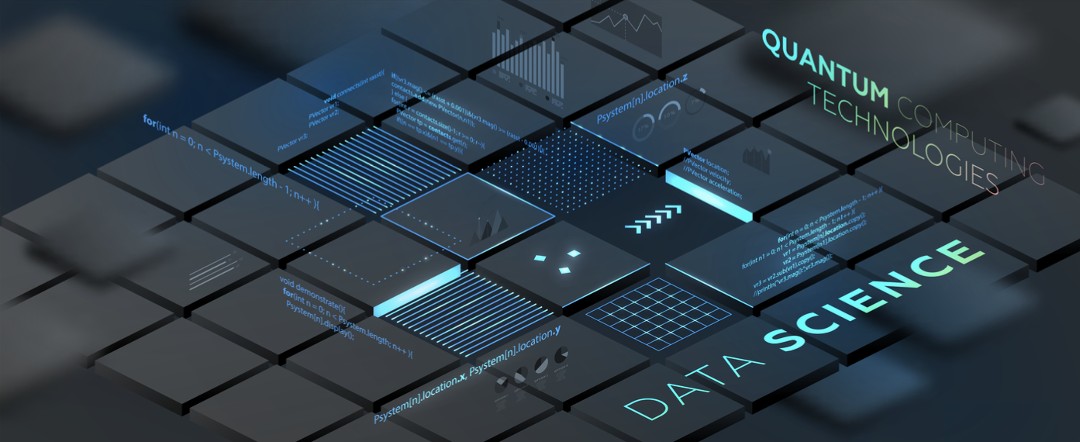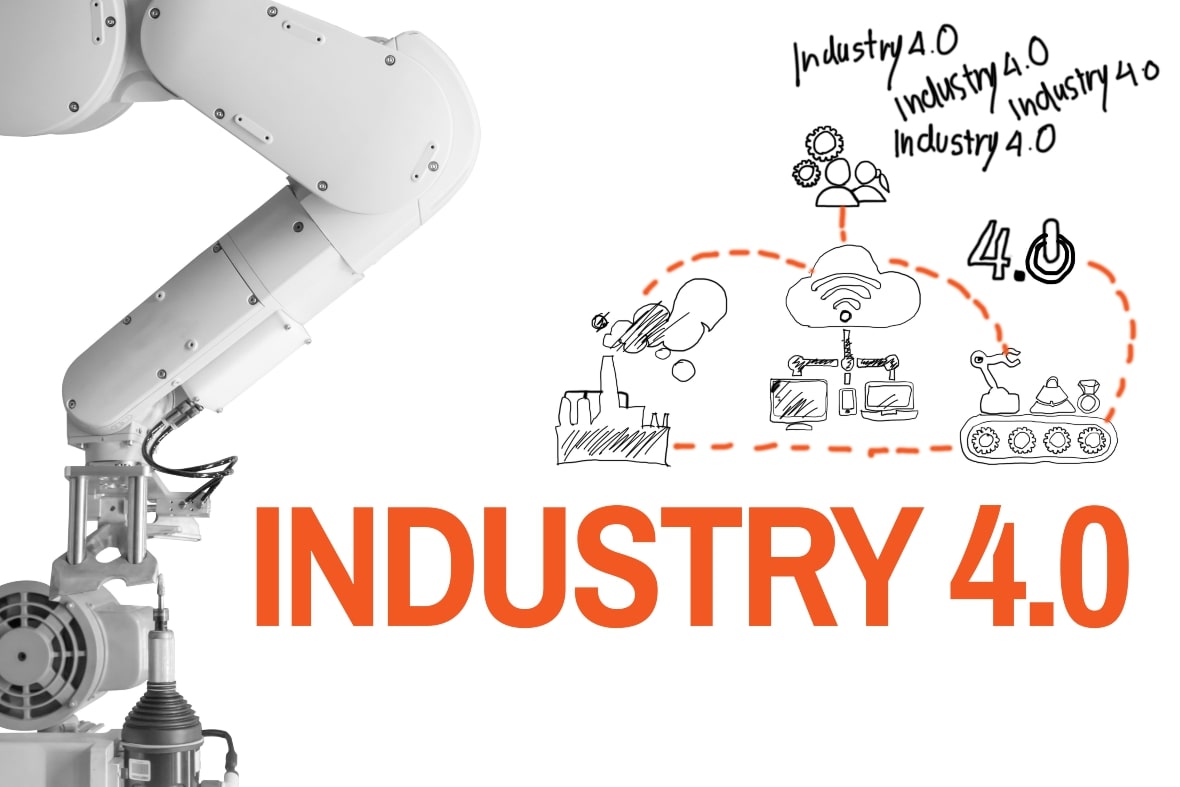Internet of Things (IoT) sensors emit large streams of continuous data. Such data often exhibit complex patterns and trends. It is also time-sensitive, requiring immediate analysis. Conventional analytics tools, mostly designed for batch processing, are unsuitable for this purpose.
Enter Artificial Intelligence (AI) powered systems. AI systems can process different data types and adapt to changing data patterns with ease. Businesses can unlock relevant, real-time insights from IoT data. AI automates the task and also scales to handle the increasing volume and complexity of IoT data.
Also, AI adds human-like awareness to the IoT data. Most IoT applications generate transactions through a control loop. For instance, the control loop decision opens a warehouse gate for an incoming truck. The application bases its decision on an AI algorithm that identifies the truck by analysing the inventory manifest. Advanced algorithms enable IoT applications to make complex decisions with accuracy.
Benefits of AI-IoT Integration for Businesses
AI – IoT integration delivers unprecedented synergy and offers real-time insights. Business managers become empowered to identify opportunities and make smart decisions.
In industrial settings, AI-powered IoT devices enable real-time equipment monitoring, to pre-empt downtime. AI algorithms monitor and analyse key parameters and issue alerts at the first instance of something out of the normal. For instance, it may track temperature, pressure, and vibration. Any deviations trigger alerts, allowing floor managers to take immediate corrective actions. Early detection of anomalies nips issues in the bud and pre-empts costly breakdowns or disruptions. Timely maintenance reduces maintenance costs and improves asset life. An automated system can even auto-correct the anomalies
In manufacturing, the real-time analysis of IoT sensor data optimises production lines. It also improves process quality and reduces waste. Analysing real-time data on machine performance and material availability enables dynamic scheduling adjustments. Real-time monitoring of quality parameters ensures consistency in product output. The benefits include optimal resource use, better compliance, and improved quality.
Real-time monitoring of supply chain resources optimises inventory levels and prevents stock-out situations. IoT sensors track stock quantities and provide up-to-date information on product availability. AI algorithms analyse all relevant factors to predict demand. For instance, it collates sales data with external data such as market trends and weather. Such insights allow businesses to anticipate demand fluctuations, and match inventory levels. Automated AI-powered systems even trigger reorders. End-to-end tracking of the supply chain improves visibility. The Harvard Business Review estimates AI can reduce stock-outs by 50%.
AI-IoT integration also delivers unprecedented personalisation. For instance, AI analyses data from in-store sensors to understand customer preferences. The data analysis offers personalised product recommendations and targeted promotions. At a macro level, businesses can identify and cater to evolving customer needs faster.
Done right, AI-IoT integration enables smarter, more responsive and dynamic systems. The transformative impact can revolutionise business processes, and develop new business models.
Best Practices to Get AI-IoT Integration Right
Integrating AI and IoT is not easy though. Here are the best practices to get it right and reap the benefits of the integration.
1. Have Clarity of Purpose
Successful outcomes from AI-IoT integration depend on clarity of purpose.
Relevant insights from IoT data depend on tailoring AI algorithms for specific use cases or objectives. Unless the enterprise has clarity on what to do with the IoT data, it will not be able to create effective algorithms to analyse the data.
Consider a specific objective of “reducing machine downtime by 20%.” This sets the stage to train the algorithm to analyse sensor data from machines and identify patterns that precede failures.
2. Overcome Resource Constraints
IoT devices have unlimited potential. But it also comes with several limitations, such as limited processing power, memory, and battery life. These limitations make it hard to run complex AI algorithms on devices.
Processing the data in the cloud is an apparent solution. But the centralised cloud can still cause scalability issues, considering the sheer data volumes at play. Centralised cloud resources struggle to scale and meet the loads generated by the AI-IoT combo.

The workaround is to deploy edge computing, to process data closer to the source.
The edge:
- Reduces latency and the data load on centralised servers, enabling more efficient processing.
- Enables faster analytics by reducing the need for transmitting data over long distances, to the centralised cloud.
- Improves the privacy of sensitive data. Keeping the data close to the source reduces the risk of interception in transit.
- Improves the reliability of IoT systems. Processing near the sources ensures critical functions run without disruptions.
3. Resolve Data Integration Complexities
IoT-AI integration often runs into data integration issues.
IoT devices generate voluminous data from diverse sources. Such data come in different formats and protocols. The diversity of data complicates the integration process.
Also, IoT sensors often become prone to noise and inaccuracies, degrading the quality of the collected data. Network connectivity issues or sensor failures lead to data losses, making data sets incomplete.
As solutions, enterprises need to:
- Establish a standardised data model to ensure consistency across different data sources.
- Cleanse data to remove inconsistencies, errors, and outliers.
- Transform data into a consistent format. ETL tools extract data from various sources, perform transformation tasks, and load it into a data lake or warehouse.
- Establish standards and protocols for data processing and transmission. Industry standards such as CoAP, MQTT, and RESTful APIs facilitate standardised data exchange.
- Deploy middleware software to bridge the gap between disparate systems.
4. Take Care of Security
Security has become a big headache for any connected system. This is more so for IoT devices that often collect sensitive data. Moreover, many IoT devices have weak security protocols. These devices become vulnerable endpoints offering easy access to hackers. Successful AI-IoT integration depends on implementing strong security measures. Project managers need to
- Adopt the latest security approaches such as Zero Trust. The key elements of Zero Trust include access controls, least privilege, and micro-segmentation.
- Encrypt data in transit and at rest
- Monitor the performance of AI &IoT systems and make necessary adjustments to strengthen security.
- Use secure communication protocols such as TLS/SSL to secure data transfer.
5. Select the Right Tools
The choice of tools is critical for successful AI-IoT integration. The best tools cater to the specific enterprise needs, and also the scalability and flexibility demands.
One good choice to leverage AI-IoT synergy is the Databricks data intelligence platform.
Databricks allow business users to generate gen AI applications from their IoT data without compromising on control or loss of privacy. A seamless interface empowers the workforce to discover insights using natural language. Databrick’s data-centric approach maintains data lineage, quality, control and privacy across the AI workflow. Automated tracking and governance further streamline the process, and make deploying and monitoring models a breeze.












